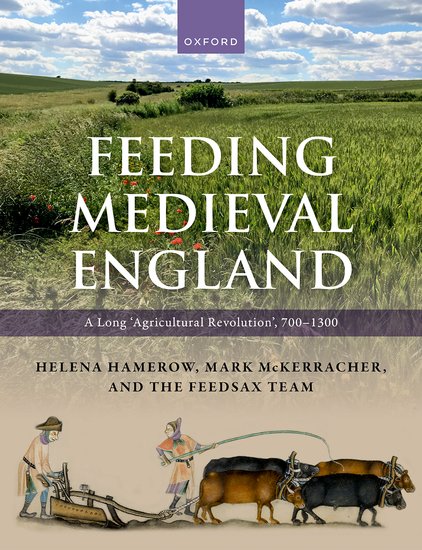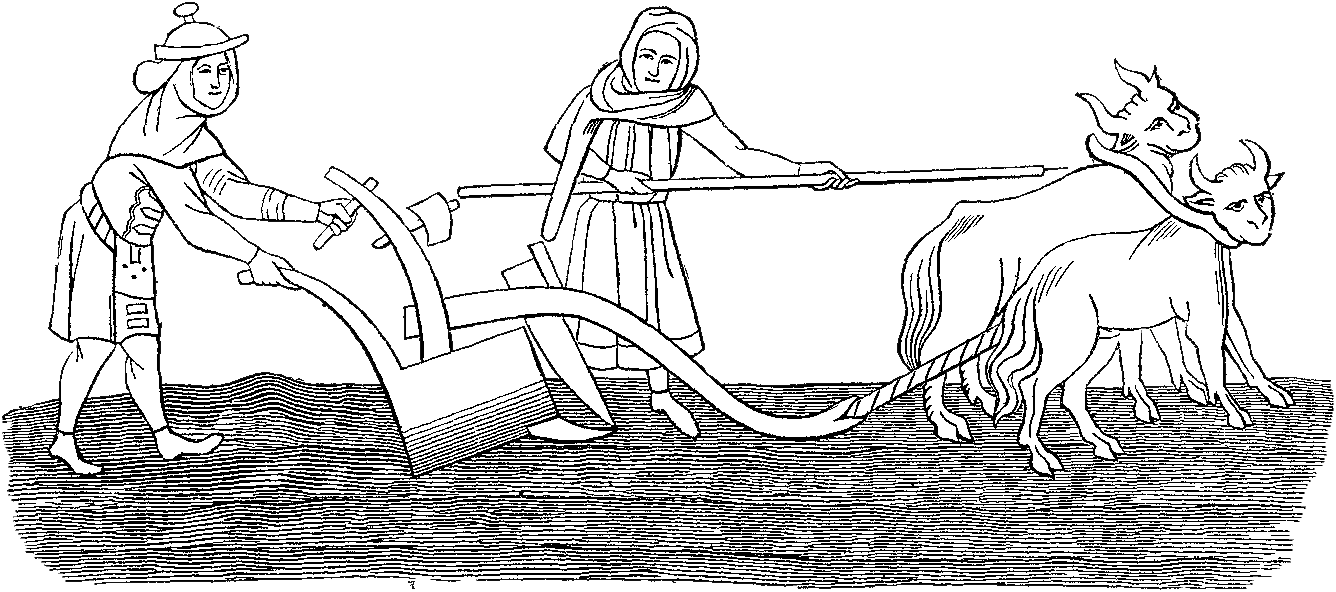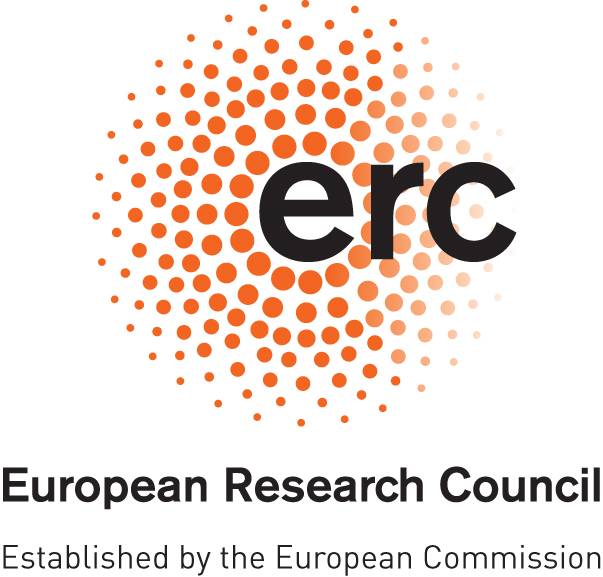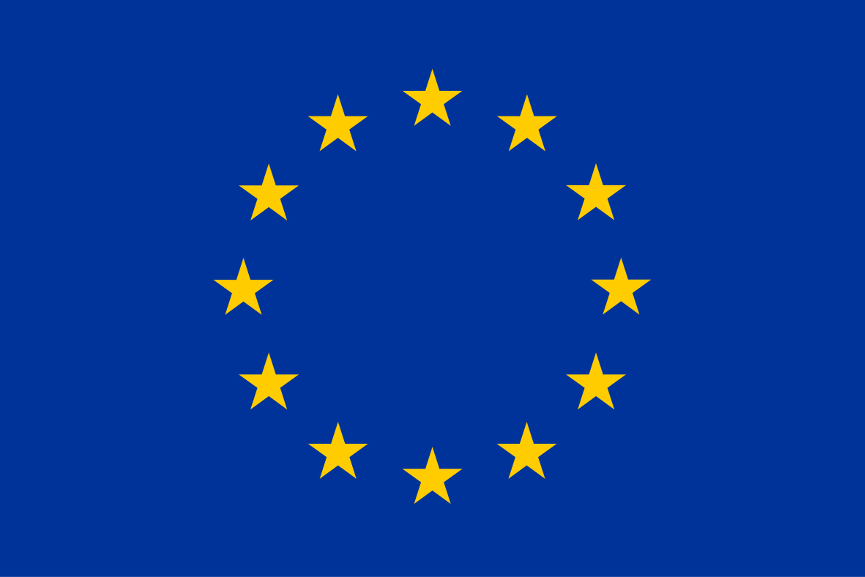
A revolution in medieval farming
Between the 8th and 13th centuries, the population of England grew to unprecedented levels. This could not have happened without a major expansion of arable farming, a development that culminated in the emergence of open field agriculture. As well as feeding more mouths, the production of large cereal surpluses sustained the growth of towns and markets. It also fuelled wealth inequality and the rise of lordship.

Early medieval England thus witnessed a golden age of cereal farming - but when, where and how were the crucial developments achieved?
Feeding Anglo-Saxon England (FeedSax) was an ERC-funded research project led by Professor Helena Hamerow between 2017 and 2022, which generated new evidence to address these age-old questions by using new methods of analysing bioarchaeological data such as preserved medieval seeds, animal bones and pollen.





